Soaring gas prices: A familiar tale in Preston as the town lit the way on the energy front
This article contains affiliate links. We may earn a small commission on items purchased through this article, but that does not affect our editorial judgement.
and live on Freeview channel 276
Preston is rightly proud of the fact that it was the first provincial town that was lighted with gas, with plans first muted in 1814.
These proposals leading to the Preston Gas Company being formed a year later in 1815, thanks in the main to the Rev Joseph Dunn, a Roman Catholic priest, and the printer Isaac Wilcockson. No longer did residents have to carry lanterns or torches with them to light the way and soon public buildings such as the Parish Church had the benefit of gas lighting.
Advertisement
Hide AdAdvertisement
Hide AdThe first street supplied with gas light was Fishergate, one visitor to the town in 1816 arriving on the stagecoach from Liverpool remarking later that the lamps mounted upon pillars gave a light equal to seven moulded candles and illuminated the highway.
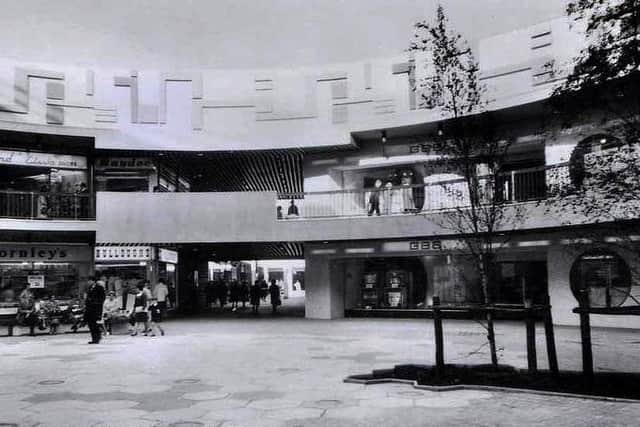

The first private customer of the Preston Gas Company was barrister John Addison who took over the house of William Cross at the corner of Winckley Street and Winckley Square when Mr Cross moved to his Red Scar mansion. Mr Addison had over a dozen gas burners fitted within and to such a valuable customer the Preston Gas Company gave a polished brass ornamental gas lamp to light his hallway.
Domestic supplies were progressively introduced and by 1830 gas meters were introduced with the exception of shop owners and the proprietors of mills who had fixed tariffs. The original works and offices of the company were at the bottom of Glover Street, parallel with Cross Street.
In 1834 the first gas holder was erected in Walker Street and eventually there would be further gas holders in Glover Street, Moor Lane, Ribbleton and at Walton. Alas, with progress comes danger and in late February, 1861 tragedy struck the town.
Advertisement
Hide AdAdvertisement
Hide AdDue to the increased popularity of gas and the continued expansion of the town it became necessary to erect another gas holder in Walker Street. Work commenced in August 1860 on a huge gas holder 102ft in diameter built by the firm of Messrs. Horton from Birmingham.
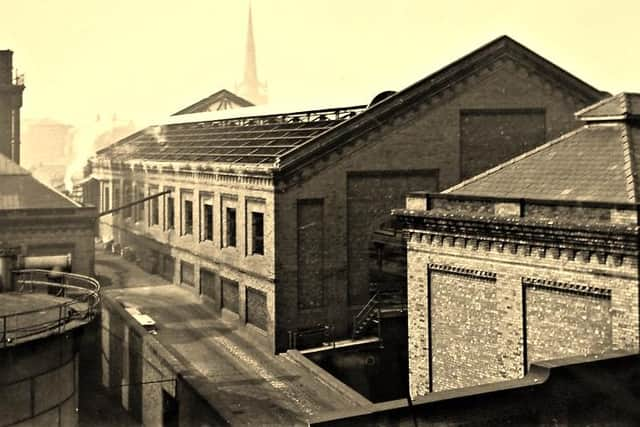

Unfortunately, the gas holder did not perform to the required standards and engineers from Birmingham were working on it on the last Friday of February 1861 when the town was rocked by a terrific explosion.
Two contractors, John Winsper and William Mann, were busy at the south west side using a small portable forge for the heating of rivets to be placed in the bottom of the gas holder, and on tilting the structure it appeared that gas had escaped and been ignited by the forge.
The explosion could be heard like a peal of thunder and was felt at the furthest parts of town, being likened to an earthquake. Narrow escapes were plentiful, and most of the sufferers made steady progress in their recovery, including William Mann being cared for in the House of Recovery, but the unfortunate John Winsper suffered for a few days; was operated on and then passed away.
Advertisement
Hide AdAdvertisement
Hide AdAs for the gasholder, repairs were carried out hastily to make it safe and in the vicinity of the gasworks property repair was underway, although some homes in Lawson Street and Green Street were being demolished due to their dangerous condition.
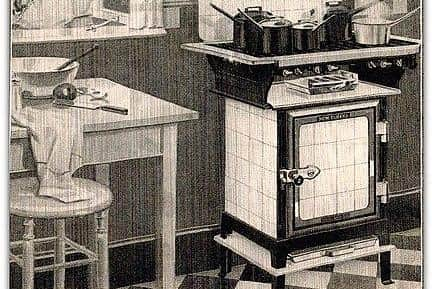

Fortunately, the Preston Gas Company survived the catastrophe and grew alongside the town’s industries.
Nonetheless there were always critics of the price of gas and in 1864 as Preston emerged from the cotton famine local scribe 'Atticus' was complaining about the cost remarking, 'Preston Gas Company get the best of it, because they receive more for their gas than any other body in the United Kingdom.
‘It is a blessed thing to have a few shares in the company, it being one of the most lucrative and profitable businesses in the land. Nearly everything has been cheapened during the last decade in Preston, except gas.
Advertisement
Hide AdAdvertisement
Hide Ad‘The low discount of 10 per cent is a sort of blackmail levied upon the poor, just because they are not enormous users. The price of the gas meter rent of more than three shillings a year adding to the costly toll for the poorest of families.
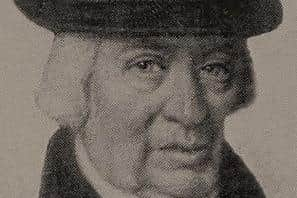

‘They have made a good thing out of gas selling quite long enough, and a reduction in tariffs is long overdue.'
It sounds a familiar tale to this day. By 1872 they were laying the foundation stone of the Preston Gas Company building in Fishergate, close to the then Post Office, which reflected the importance of the company to the town when it opened in 1877.
The old offices in Glover Street, opened in 1838, were no longer adequate for a business that had a capacity of 2.3m cubic feet, with more than 220 employees and 1,934 street lamps to maintain in Preston alone.
Advertisement
Hide AdAdvertisement
Hide AdGas for lighting and industry spread to gas for heating and cooking and consequently the business prospered in the first half of the twentieth century, with the company acquiring land in Lostock Hall to build landmark gasholders there.
In 1948 the business was nationalised by the Labour Government, becoming part of British Gas, within the North-Western Gas Board. The flagship premises on Fishergate, wherein portraits of the Rev Dunn and Isaac Wilcockson were hung, were demolished in 1964 to make way for the entrance to the St George's Shopping Centre wherein their new gas showroom opened.
A sign of the times in the gas industry occurred in August 1969 when an army of gasmen, numbering upwards of 150, descended on the Ashton area to convert more than 4,000 homes to North Sea gas and within a couple of hours the first house occupier on West Park Avenue was boiling the kettle on their gas stove.
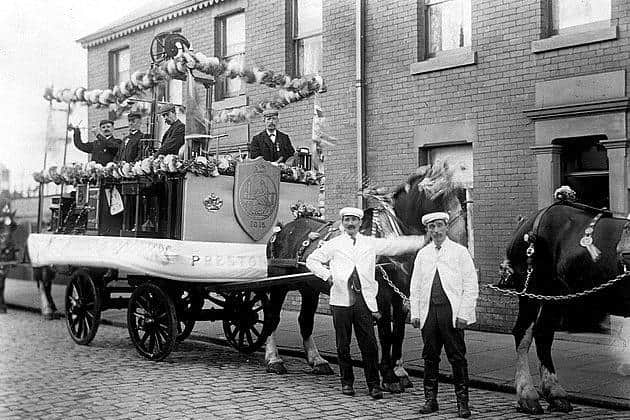

The emergence of the Preston Gas Company and much more can be found in Keith Johnson’s latest book ‘Celebrating Preston' published by Amberley.